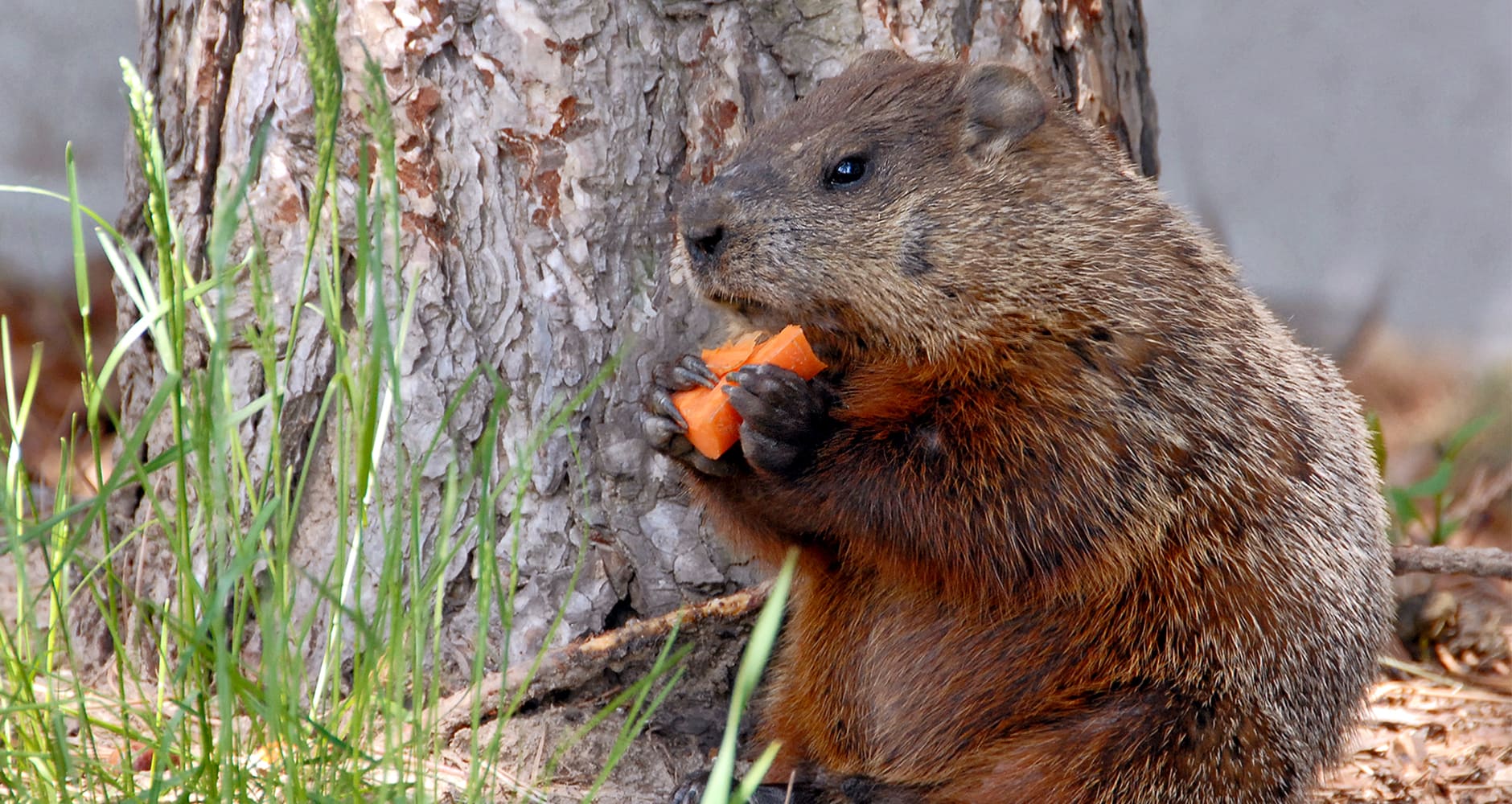

Articles
How To Keep Groundhogs Out Of Your Garden
Modified: March 24, 2024
Learn effective gardening techniques to keep groundhogs away from your garden. Protect your plants and maintain a flourishing garden with these expert tips.
(Many of the links in this article redirect to a specific reviewed product. Your purchase of these products through affiliate links helps to generate commission for Storables.com, at no extra cost. Learn more)
Introduction
Welcome to the world of gardening, where you can nurture and cultivate beautiful plants, flowers, and vegetables. However, there’s one unwelcome visitor that can wreak havoc on your garden – the groundhog. If you’ve ever encountered a groundhog in your garden, you know firsthand the frustration and devastation they can cause. But fear not! In this article, we will explore effective methods to keep groundhogs out of your garden and protect your hard work.
Groundhogs, also known as woodchucks, are adorable and chunky rodents that are notorious for their burrowing abilities. They can dig extensive tunnels underground, creating a network of burrows that can span several meters. While groundhogs are generally herbivores, feeding on plants, flowers, and vegetables, they can also cause structural damage by burrowing under foundations, decks, and fences.
One of the first steps in tackling a groundhog problem is to identify the signs of their presence in your garden. Keep an eye out for tunnels, holes in the ground, and chewed plants. Groundhogs are most active during the early morning and late afternoon, so you may spot them grazing in your garden during those times.
So, why are groundhogs attracted to your garden? It could be due to the abundance of delicious plants and vegetables that serve as an irresistible buffet for these critters. Groundhogs have a particular love for leafy greens, including lettuce, kale, and spinach. They also have a penchant for nibbling on the petals and stems of your vibrant flowers.
Now that we understand the nature of groundhogs and their potential impact on our gardens, it’s time to delve into effective ways to keep them at bay. In the following sections, we will explore natural methods, fencing solutions, repellents, trapping techniques, and prevention strategies that can help you protect your garden and preserve its beauty.
But remember, it’s essential to approach groundhog control in a humane and eco-friendly manner, respecting the balance of nature while safeguarding your garden. Let’s get started!
Key Takeaways:
- Protect your garden from groundhog damage by identifying signs of their presence, using natural deterrents, and implementing fencing solutions. Prevention is key to maintaining a beautiful, groundhog-free garden.
- Understanding groundhog behavior and implementing a combination of natural methods, fencing solutions, repellents, and prevention techniques can effectively keep groundhogs out of your garden. Happy gardening!
Read more: How To Keep Cats Out Of Garden
Understanding Groundhogs
Before we tackle the task of keeping groundhogs out of our gardens, let’s take a moment to better understand these intriguing creatures. Groundhogs, or Marmota monax, are members of the rodent family and are also known as woodchucks. They are primarily found in North America, inhabiting fields, meadows, and forest edges.
Groundhogs are easily recognizable by their stocky build, short legs, and round, furry bodies. They have a brownish-gray fur coat, which provides excellent camouflage in their natural habitats. They can reach a length of 40 to 65 centimeters (16 to 26 inches) and weigh anywhere from 2 to 6 kilograms (4.4 to 13.2 pounds).
These creatures are primarily herbivores, feeding on a variety of vegetation such as grasses, clover, dandelions, and the tender shoots of young plants. They are particularly fond of leafy greens, which makes our gardens a prime target for their foraging.
Groundhogs are known for their burrowing abilities and are accomplished excavators. They dig complex tunnel systems that can extend up to 15 meters (50 feet) in length and can have several entrances and chambers. These burrows provide shelter, protection from predators, and a safe place for their young.
Groundhogs have a fascinating hibernation cycle. As the weather turns colder, usually around late autumn, they retreat to their burrows and enter a deep sleep-like state called hibernation. During this time, their body temperature and heart rate drop significantly, and they survive on stored fat reserves. They emerge from hibernation in early spring, ready to feast on the fresh foliage and prepare for the breeding season.
These furry critters are also known for their whistling alarm call, which gives them the common nickname “groundhog.” When they sense danger, they will emit a loud whistle to alert other groundhogs and nearby animals of the potential threat. This behavior has even been popularized by the annual Groundhog Day tradition, where people await the emergence of Punxsutawney Phil to predict the arrival of spring.
Now that we have an understanding of groundhog behavior and their natural tendencies, let’s explore the signs that indicate their presence in our gardens.
Signs of Groundhog Presence in Your Garden
Identifying the signs of groundhog presence in your garden is crucial in order to take appropriate measures to protect your precious plants. Here are some telltale signs to look out for:
- Tunnels and Burrows: Groundhogs are talented burrowers, and their tunnels serve as their primary residence. Look for holes in the ground that are approximately 15 to 20 centimeters (6 to 8 inches) in diameter. These burrows can have multiple entrances and usually have a mound of soil nearby where the groundhog has excavated.
- Chewed Plants: Groundhogs have a voracious appetite for plants, so look for signs of nibbling on leaves, stems, and flowers. If you notice plants with jagged or irregularly shaped chew marks, chances are a groundhog is to blame.
- Missing Foliage: If your garden plants suddenly appear defoliated, with large sections of leaves missing, it could indicate groundhog grazing. They tend to target leafy greens like lettuce, kale, and spinach, but they are not above sampling other plants as well.
- Trampled or Damaged Vegetation: Groundhogs are not the most graceful creatures, and their large bodies can trample plants as they navigate through your garden. Look for broken stems, crushed foliage, or flattened patches of vegetation.
- Fresh Dirt Mounds: As groundhogs dig their burrows, they bring soil to the surface, creating small mounds of loose dirt. These mounds typically have an opening nearby that serves as an entrance to the burrow system.
When inspecting your garden for signs of groundhog presence, it is important to be proactive and check regularly. The earlier you can detect their activity, the sooner you can implement measures to deter them and minimize potential damage.
Now that you can identify the signs of groundhog presence in your garden, let’s explore the common types of damage they can cause to your beloved plants.
Common Groundhog Damage in Gardens
Groundhogs may be adorable creatures, but their appetite for vegetation can wreak havoc in your garden. Understanding the types of damage they can cause will help you address the problem effectively. Here are some common impacts of groundhog activity in gardens:
- Chewed Plants: Groundhogs have a particular affinity for leafy greens, such as lettuce, kale, and spinach. They will happily munch on the tender leaves, leaving behind ragged edges or completely decimated plants. This can severely impact your vegetable garden or ornamental plants.
- Damage to Flowers: Groundhogs have no qualms about nibbling on flower petals and stems. They can quickly destroy the beauty of your flower beds by snacking on vibrant blooms and leaving behind a trail of damage.
- Root Destruction: In their quest for food, groundhogs may unearth and damage the root systems of plants. This can weaken the plants’ stability and hinder their overall growth and health. If left unchecked, it can lead to the death of the affected plants.
- Structural Damage: Groundhogs are expert burrowers, and their excavations can cause structural damage to your garden. They dig tunnels that can undermine the stability of walkways, patios, and even foundations. This can lead to costly repairs and pose a safety risk.
- Propagation of Weeds: As groundhogs dig their burrows and move soil around, they unintentionally help spread weed seeds. The disturbed soil and loose dirt mounds provide an ideal environment for these weed seeds to take root and flourish, further complicating your gardening efforts.
The damage caused by groundhogs can be disheartening, especially after investing time, effort, and resources into your garden. By taking proactive measures to control and deter groundhogs, you can minimize the harm they inflict on your plants and maintain a thriving garden.
Now that we understand the damage groundhogs can cause, let’s explore natural methods to keep them out of your garden.
Natural Methods to Keep Groundhogs Out of Your Garden
When it comes to tackling a groundhog problem in your garden, there are natural methods you can employ to deter these furry intruders without resorting to harmful chemicals or trapping. Here are some effective strategies to consider:
- Plant Deterrents: Certain plants have natural repellent properties that groundhogs find unappealing. Consider planting strong-smelling herbs like mint, lavender, or rosemary around the perimeter of your garden. The overpowering scent can help deter groundhogs from venturing any closer.
- Spicy Repellents: Groundhogs have a sensitive sense of smell, and they are particularly averse to strong and spicy scents. Create homemade repellents by combining ingredients like cayenne pepper, garlic, or onion with water and spraying the mixture around your garden. The pungent odor should discourage groundhogs from approaching.
- Natural Barriers: Physical barriers can act as a deterrent to groundhogs. Install fences around your garden, burying them at least a foot underground to prevent groundhogs from burrowing underneath. Opt for wire mesh or hardware cloth with small openings to prevent them from squeezing through.
- Scare Tactics: Groundhogs can be wary of unfamiliar or sudden movements. Place objects such as wind chimes, aluminum foil strips, or rubber snakes around your garden to create noise and movement that may frighten them away. Another option is to use a motion-activated sprinkler system that will startle them with bursts of water.
- Beneficial Predators: Encourage natural predators of groundhogs, such as owls, hawks, and foxes, to frequent your garden area. Creating a habitat that attracts these predators can help keep groundhog populations in check. You can install birdhouses or provide perches and shelter for these beneficial creatures.
- Remove Attractants: Make your garden less appealing to groundhogs by eliminating potential food sources. Clear away fallen fruits, clean up garden debris, and prune vegetation to reduce hiding spots. By removing these attractants, you discourage groundhogs from considering your garden as a desirable feeding ground.
Remember, natural methods may take time and consistency to achieve the desired results. It’s important to remain patient and persistent with your chosen strategies. It’s also worth noting that combining multiple deterrents can increase their effectiveness.
While natural methods can be effective, sometimes more aggressive measures are required. In the next sections, we will explore fencing solutions, repellents, trapping techniques, and prevention strategies to keep your garden groundhog-free.
To keep groundhogs out of your garden, install a fence that is at least 3 feet high and buried at least 1 foot underground to prevent them from burrowing underneath. Additionally, consider planting deterrents such as garlic, onions, or marigolds around the perimeter of your garden.
Read more: How To Keep Animals Out Of Garden
Fencing Solutions for Groundhog Control
When it comes to keeping groundhogs out of your garden, one of the most effective methods is to install a sturdy and reliable fence. By creating a physical barrier, you can prevent groundhogs from accessing your beloved plants. Here are some fencing solutions to consider:
- Wire Mesh Fencing: A popular choice for groundhog control is wire mesh fencing. Use a 14 to 16-gauge galvanized wire mesh with openings no larger than 2 inches. Bury the bottom of the fence at least a foot into the ground to prevent groundhogs from digging under. Ensure that the fence extends at least 3 feet above ground to discourage climbing.
- Electric Fencing: Electric fences can provide an added deterrent for groundhogs. Install an electric fence charger and wire it to a low-voltage fence system. The electric shock will discourage groundhogs from attempting to breach the barrier. Place the electric wires approximately 4 to 6 inches above the ground and 8 to 10 inches apart.
- Chicken Wire Fencing: Chicken wire fencing can provide a cost-effective option for groundhog control. The fine mesh openings can prevent groundhogs from squeezing through. Install the chicken wire fence in a similar manner as wire mesh fencing, ensuring that it is buried and extends above ground.
- Lattice Fencing: Lattice fencing offers an aesthetically pleasing option for groundhog control. The crisscross pattern provides a barrier while allowing for airflow and visibility. Install lattice fencing around your garden perimeter, ensuring that the openings are small enough to prevent groundhogs from squeezing through.
- Additional Measures: To enhance the effectiveness of your fencing, consider adding a deterrent at the top, such as bird netting or an outward-facing overhang. This prevents groundhogs from attempting to climb over the fence. Regularly inspect your fence for any gaps, holes, or loose sections and promptly repair them to maintain the integrity of the barrier.
Remember that groundhogs are excellent burrowers, so it’s crucial to secure the bottom of the fencing by burying it or extending it into the ground. Additionally, make sure the fence is tall enough to discourage groundhogs from attempting to jump or climb over.
Fencing is a long-term solution for groundhog control, providing reliable protection for your garden. However, it’s important to note that proper installation and maintenance are key to its success. In the next sections, we will explore repellents, trapping techniques, and prevention strategies to complement your fencing efforts and keep your garden groundhog-free.
Repellents and Deterrents for Groundhogs
In addition to fencing, you can utilize various repellents and deterrents to discourage groundhogs from entering your garden. These methods utilize scents, tastes, and sounds to make your garden less attractive to these furry creatures. Here are some effective options to consider:
- Natural Repellents: Several natural ingredients have strong scents that groundhogs find unpleasant. Sprinkle or spray the perimeter of your garden with substances like cayenne pepper, garlic powder, castor oil, or vinegar. Reapply after rain or as needed to maintain their effectiveness.
- Predator Urine: Groundhogs are wary of predators, so utilizing predator urine, such as that of coyotes or foxes, can deter them. You can purchase predator urine from gardening or outdoor supply stores and apply it around your garden. Be sure to follow the instructions for usage and reapplication.
- Motion-Activated Devices: Groundhogs are skittish creatures, so using motion-activated devices can startle them and discourage their presence. Install motion-activated sprinklers or ultrasonic devices near your garden. When a groundhog approaches, the sudden burst of water or high-frequency sound will deter them from venturing any further.
- Aluminum Foil and Mylar Balloons: The reflective surfaces of aluminum foil and Mylar balloons can create light reflections and movements that groundhogs dislike. Hang strips of aluminum foil or helium-filled Mylar balloons near your garden to deter groundhogs with their shimmering effect.
- Noise Makers: Groundhogs are sensitive to noise, so creating loud or unexpected sounds can scare them away. Place wind chimes, bells, or noisemakers near your garden to create random noises that will deter groundhogs. Move them periodically to prevent the groundhogs from getting used to the sounds.
- Herbal Repellents: Groundhogs have specific aversions to certain herbs and plants. Consider planting repellent herbs like daffodils, marigolds, or alliums around your garden. The strong scents emitted by these plants can act as deterrents for groundhogs.
It’s important to note that repellents and deterrents may take time to be effective, as groundhogs can become habituated to certain scents or sounds. It’s advisable to rotate and combine different methods to maximize their impact. Regularly monitor your garden and adjust your repellent strategies as needed.
While repellents and deterrents can help create an inhospitable environment for groundhogs, it’s important to address their presence actively. In the next section, we will explore trapping and relocating groundhogs as a means of control.
Trapping and Relocating Groundhogs
If you find that natural repellents and deterrents haven’t been successful in keeping groundhogs out of your garden, trapping and relocating them may be a viable option. However, it’s important to approach this method with caution and follow local regulations. Here’s a step-by-step guide on trapping and relocating groundhogs:
- Research Local Regulations: Before trapping groundhogs, familiarize yourself with the laws and regulations regarding trapping, relocation, and the handling of wildlife in your area. Contact your local wildlife agency or animal control office for the specific guidelines you need to follow.
- Select an Appropriate Trap: Choose a live trap that is specifically designed for groundhogs. These traps typically have a door that will close once the groundhog enters, safely containing it without causing harm. Place the trap near the entrance of the groundhog’s burrow or along its known path.
- Bait the Trap: Groundhogs are attracted to a variety of foods, including fruits, vegetables, and even peanut butter. Place a small amount of bait at the back of the trap to entice them inside. It’s important not to set the trap without any bait, as this may cause the groundhog to become wary or suspicious.
- Check the Trap Regularly: It’s crucial to check the trap frequently to ensure the groundhog is not left trapped for an extended period. Depending on local regulations, you may be required to check the trap every few hours. Do not leave the groundhog trapped in hot weather, as this can be detrimental to its health.
- Handling and Relocation: If you successfully trap a groundhog, handle it with care. Wear thick gloves and cover the trap with a cloth or towel to reduce stress. Transport the groundhog to a suitable relocation site at least several miles away from your property, preferably in a rural or wooded area with suitable habitat and a nearby water source.
- Release with Caution: When releasing the groundhog, do so gently by tilting the trap and allowing it to exit on its own. Ensure that the area is safe and free from potential dangers such as nearby roads or high predator activity. Avoid trapping and relocating groundhogs during their breeding season or when they have dependent young.
It’s important to note that trapping and relocating groundhogs should be considered a last resort when other methods have failed. It’s crucial to follow ethical practices and prioritize the well-being of both the groundhog and your garden.
Preventing groundhog activity through various techniques is often the most effective and sustainable approach. In the following section, we will explore prevention techniques to help keep groundhogs away from your garden.
Prevention Techniques to Keep Groundhogs Away
Prevention is key when it comes to keeping groundhogs away from your garden. By implementing the following techniques, you can create an inhospitable environment for groundhogs and discourage their presence:
- Secure Entrances: Locate any existing openings or gaps in your garden perimeter, such as gaps under fences or cracks in foundations, and promptly seal them. Use mesh wire, caulk, or other appropriate materials to effectively seal these entry points and prevent groundhogs from gaining access.
- Maintain Garden Hygiene: Groundhogs are attracted to areas with abundant food sources. Regularly clean up fallen fruits, remove weeds, and prune vegetation to eliminate potential food sources. Keep your garden clean and well-maintained to reduce the appeal for groundhogs.
- Remove Wood and Debris: Groundhogs often seek shelter in piles of wood, brush, or debris. Keep your garden area clear of such materials to minimize potential hiding spots. Maintain a tidy and organized garden to make it less attractive to groundhogs.
- Use Raised Garden Beds: Consider using raised garden beds to create an additional obstacle for groundhogs. Raised beds make it more difficult for groundhogs to access and damage your plants. Ensure the beds are securely built and the sides are not low enough for groundhogs to climb over.
- Implement Companion Planting: Companion planting involves growing plants that repel groundhogs alongside your desired plants. For example, planting garlic or onions around your vegetable garden can help deter groundhogs due to their strong smell. Do some research on companion planting to discover which plants can effectively keep groundhogs away.
- Regular Surveillance: Continuously monitor your garden for signs of groundhog activity. If you notice any fresh burrows, chewed plants, or other signs of groundhog presence, take immediate action to address the issue. Early detection and intervention can prevent further damage to your garden.
Combining these prevention techniques with other methods like fencing, repellents, and deterrents can provide comprehensive protection for your garden against groundhogs. By creating an environment that is unappealing and challenging for groundhogs, you can greatly reduce the likelihood of their presence.
Remember to be patient and consistent in implementing these techniques. It may take time to fully deter groundhogs, but with ongoing effort, you can maintain a beautiful and groundhog-free garden.
After implementing these prevention techniques, regularly assess their effectiveness and make adjustments as needed. By staying proactive, you can enjoy your garden while keeping those mischievous groundhogs at bay.
Read more: How To Keep Weeds Out Of Garden
Conclusion
Gardening is a rewarding and fulfilling activity, but dealing with groundhog intrusions can be a frustrating setback. However, by understanding groundhog behavior and implementing effective strategies, you can keep these furry critters out of your garden and protect your cherished plants.
First, familiarize yourself with the signs of groundhog presence in your garden, such as tunnels, chewed plants, and fresh dirt mounds. This awareness allows for early detection and intervention.
Next, consider natural methods to deter groundhogs, such as planting repellent herbs, using spicy repellents, or installing motion-activated devices. These options can make your garden less enticing and discourage groundhog activity.
Furthermore, fencing solutions create a physical barrier, preventing groundhogs from entering your garden. Ensure the fence is secure, buried, and tall enough to deter these burrowing creatures.
If natural methods aren’t successful, trapping and relocating groundhogs can be a last-resort option. However, it’s important to follow local regulations and handle the groundhogs with care. Remember, prevention is preferable to removal.
Implementing prevention techniques is crucial to maintaining a groundhog-free garden. Regularly maintaining garden hygiene, securing entrances, and removing wood and debris will make your garden less appealing to groundhogs. Consider using raised garden beds and companion planting as additional preventive measures.
Be patient and persistent in your efforts to keep groundhogs at bay. Combining different strategies and continually monitoring your garden will yield the best results. Remember, it’s crucial to strike a balance between deterring groundhogs and preserving the harmony of your garden ecosystem.
In conclusion, by understanding groundhog behavior, identifying signs of their presence, and implementing a combination of natural methods, fencing solutions, repellents, and prevention techniques, you can effectively keep groundhogs out of your garden. With your vigilant efforts, your garden will thrive beautifully, free from the disruptions caused by these adorable yet mischievous creatures. Happy gardening!
Frequently Asked Questions about How To Keep Groundhogs Out Of Your Garden
Was this page helpful?
At Storables.com, we guarantee accurate and reliable information. Our content, validated by Expert Board Contributors, is crafted following stringent Editorial Policies. We're committed to providing you with well-researched, expert-backed insights for all your informational needs.
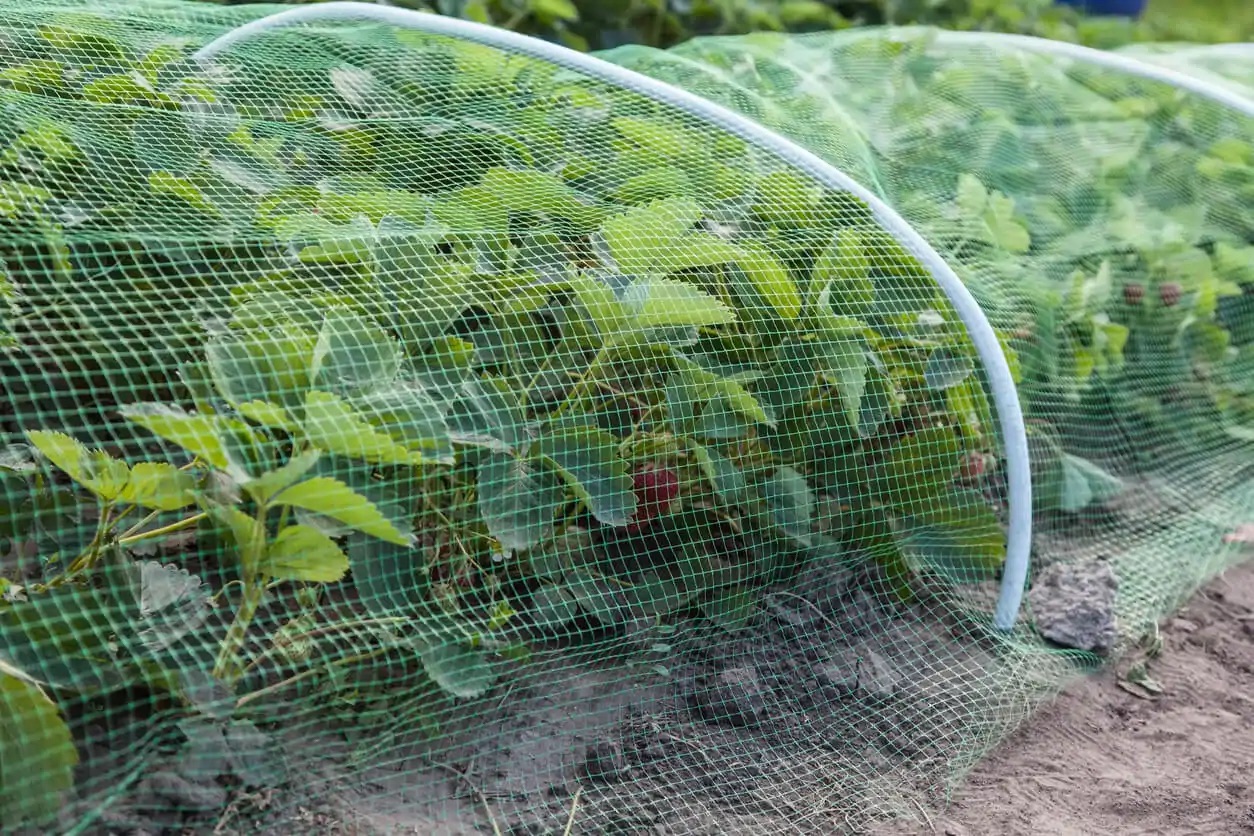
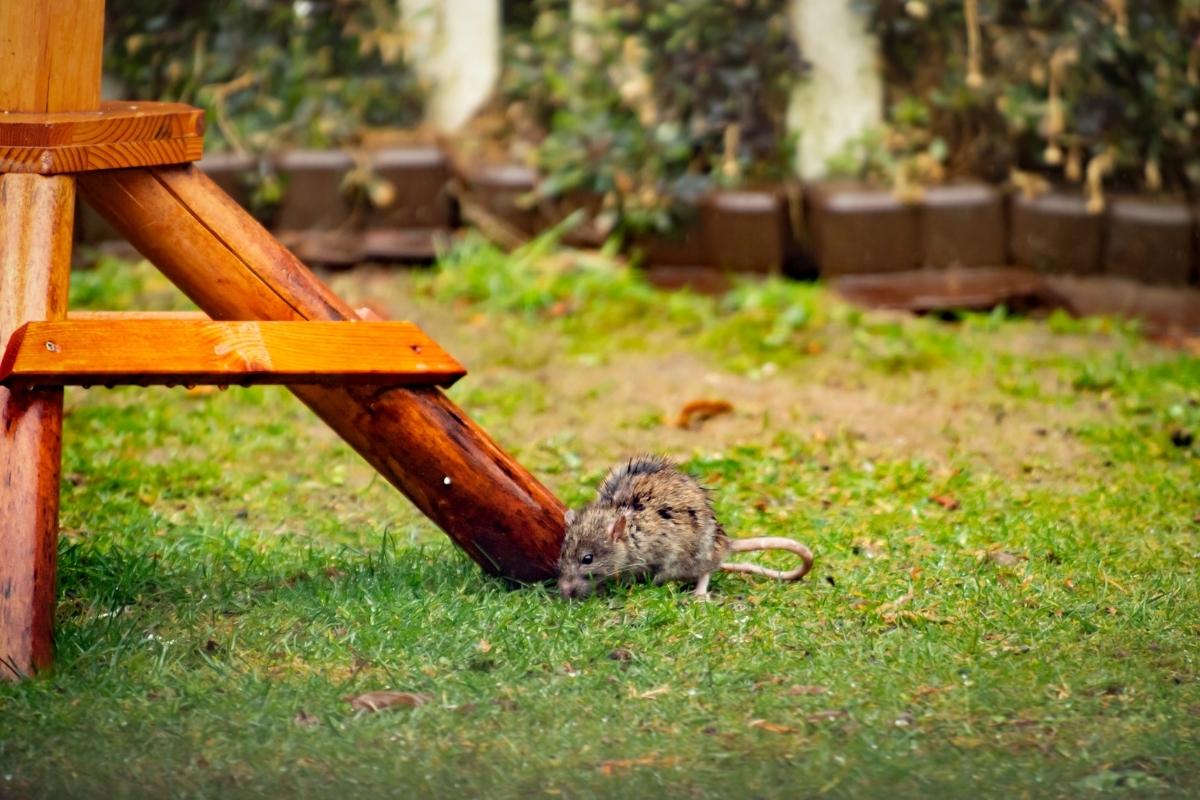

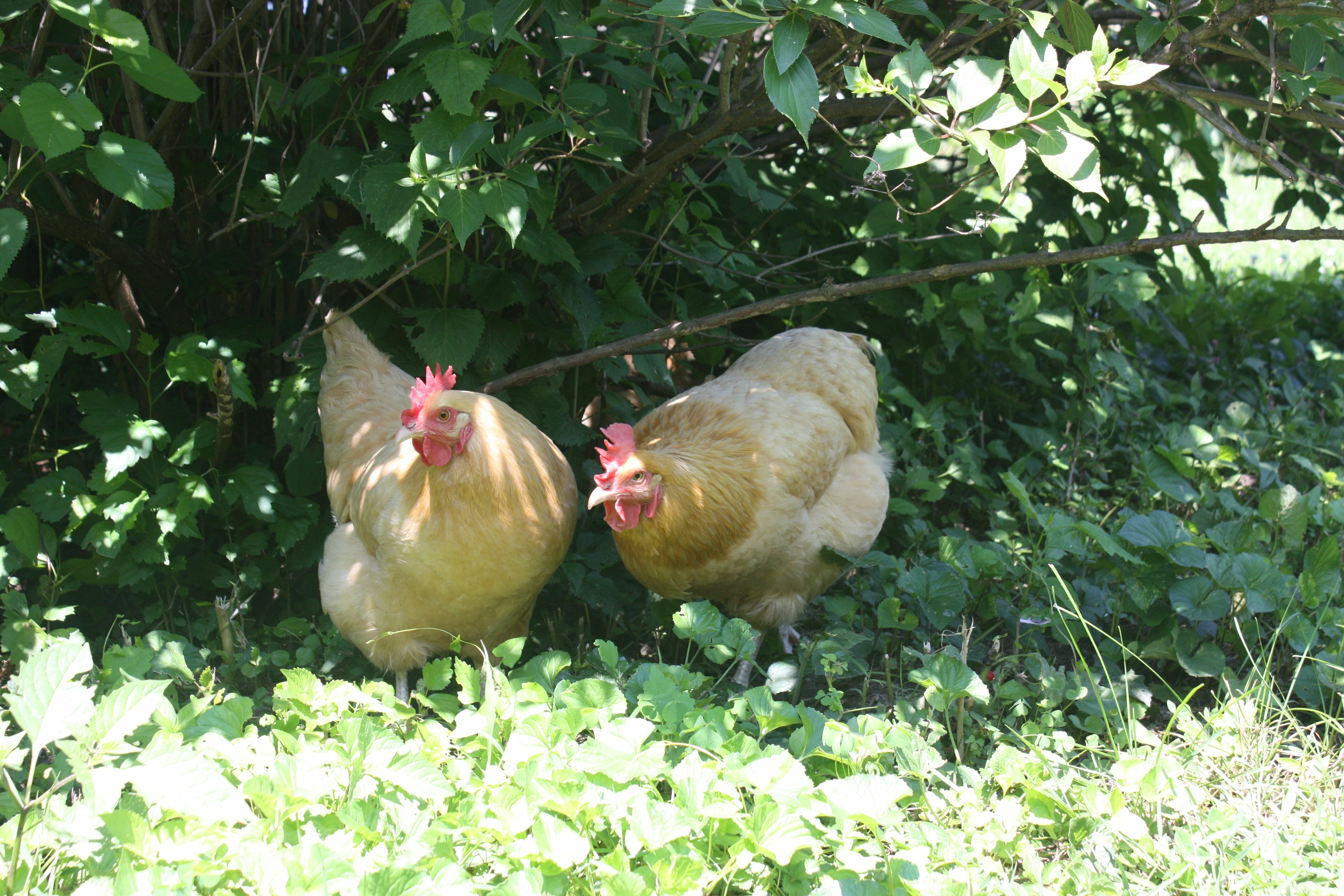

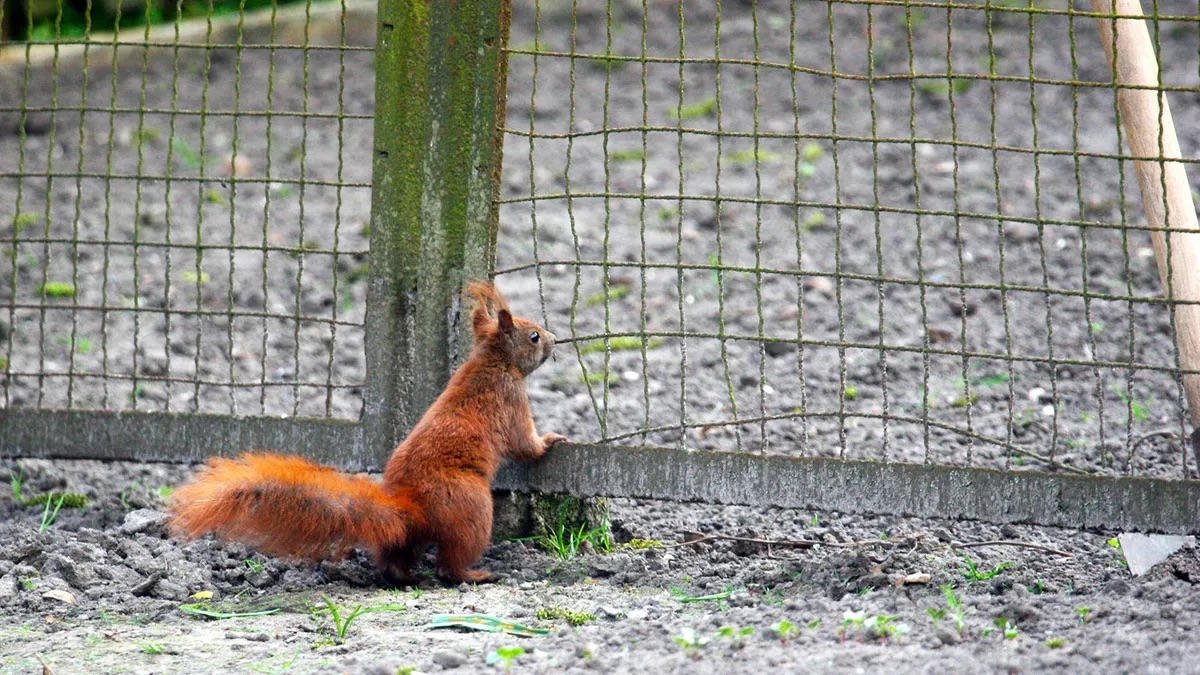
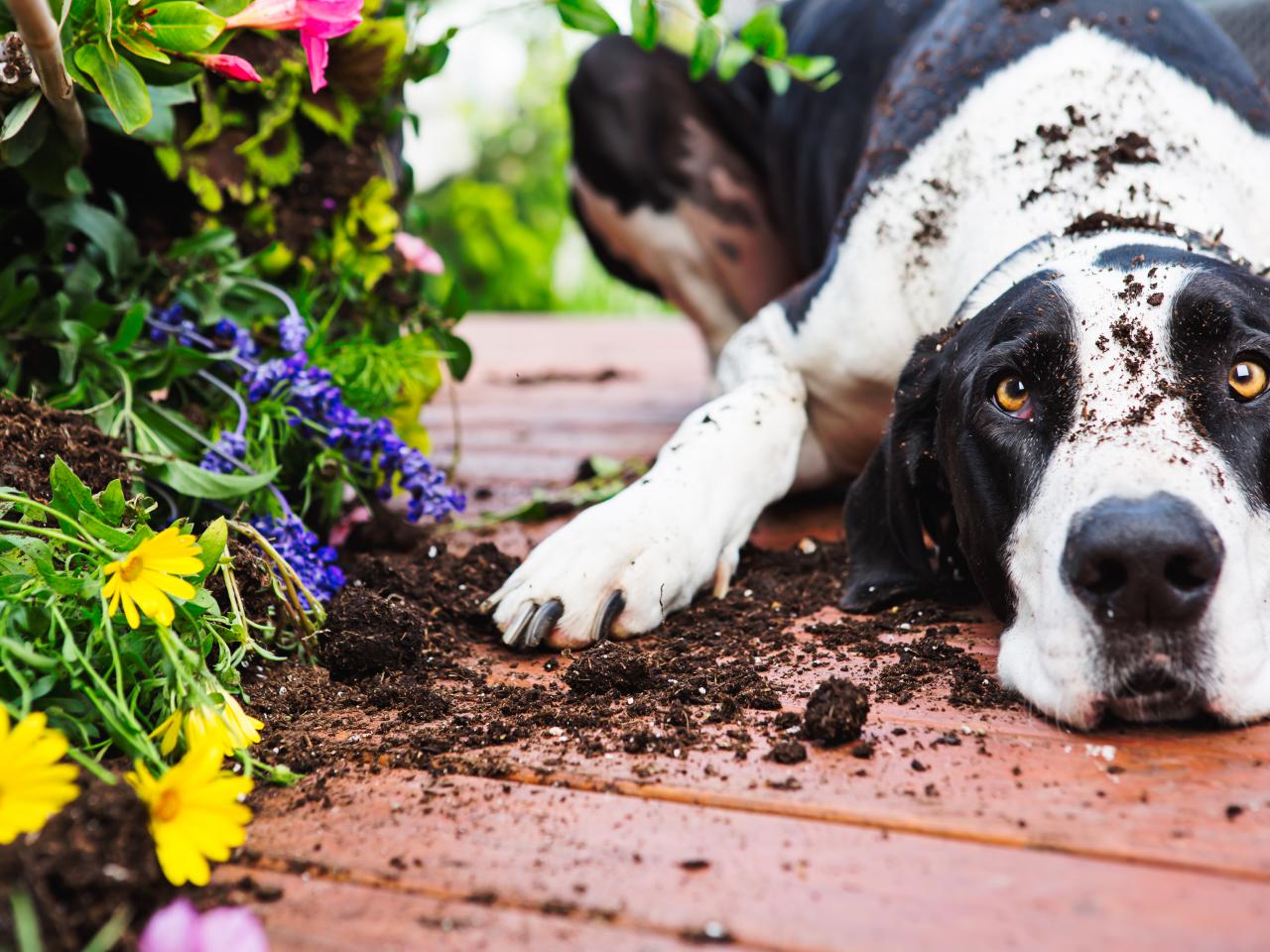
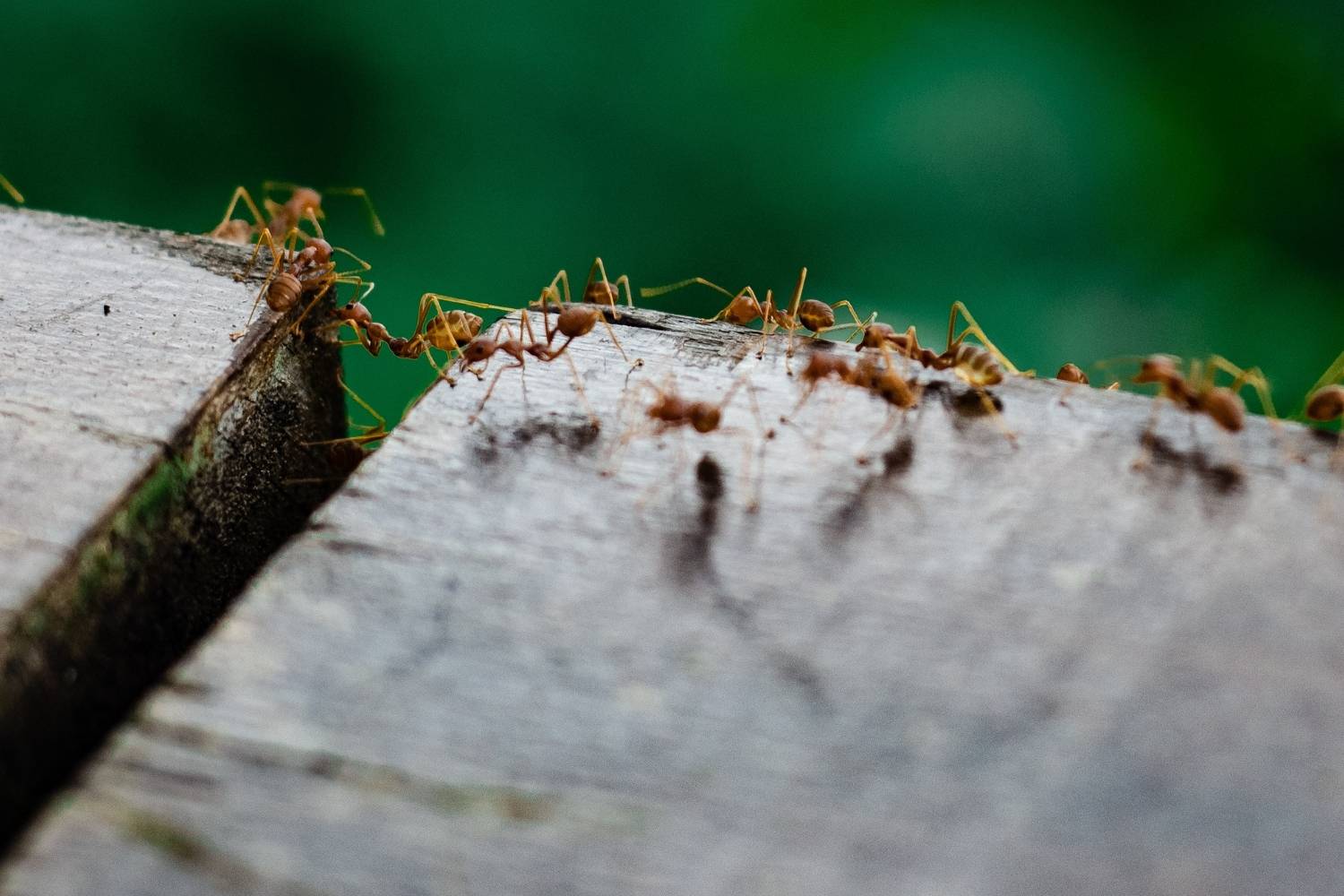


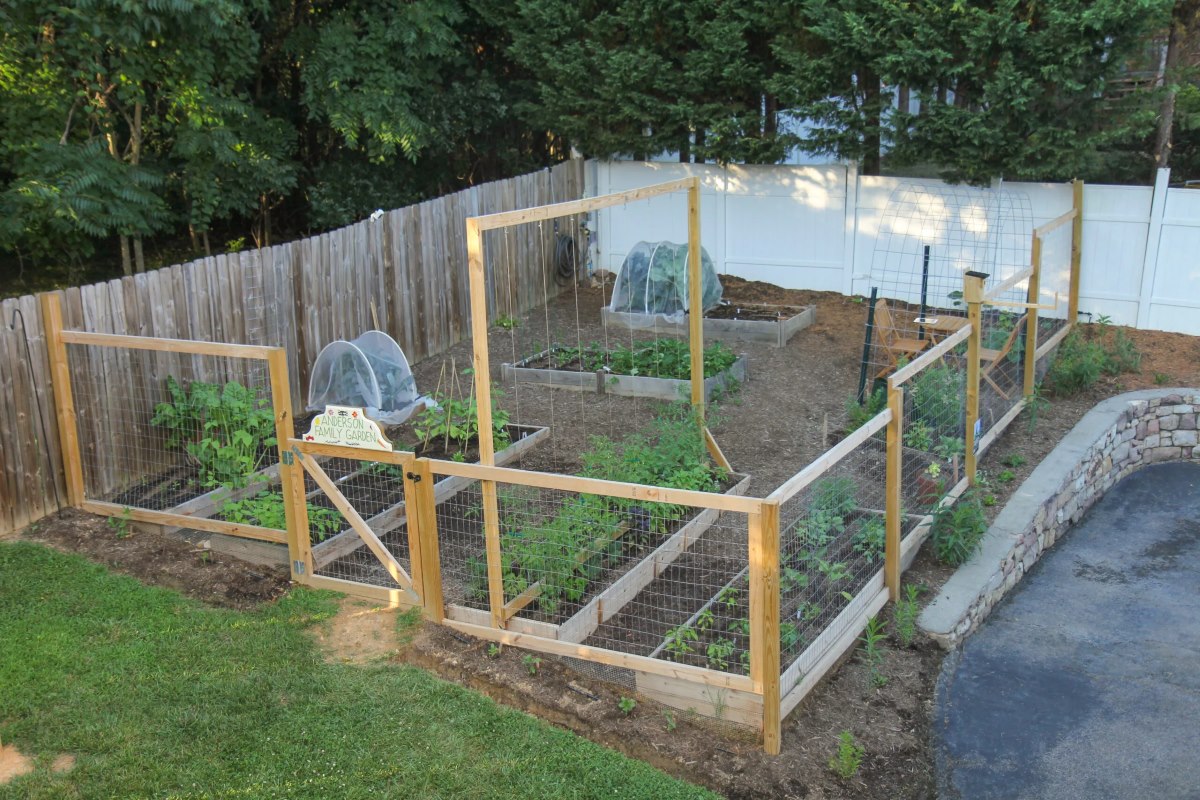

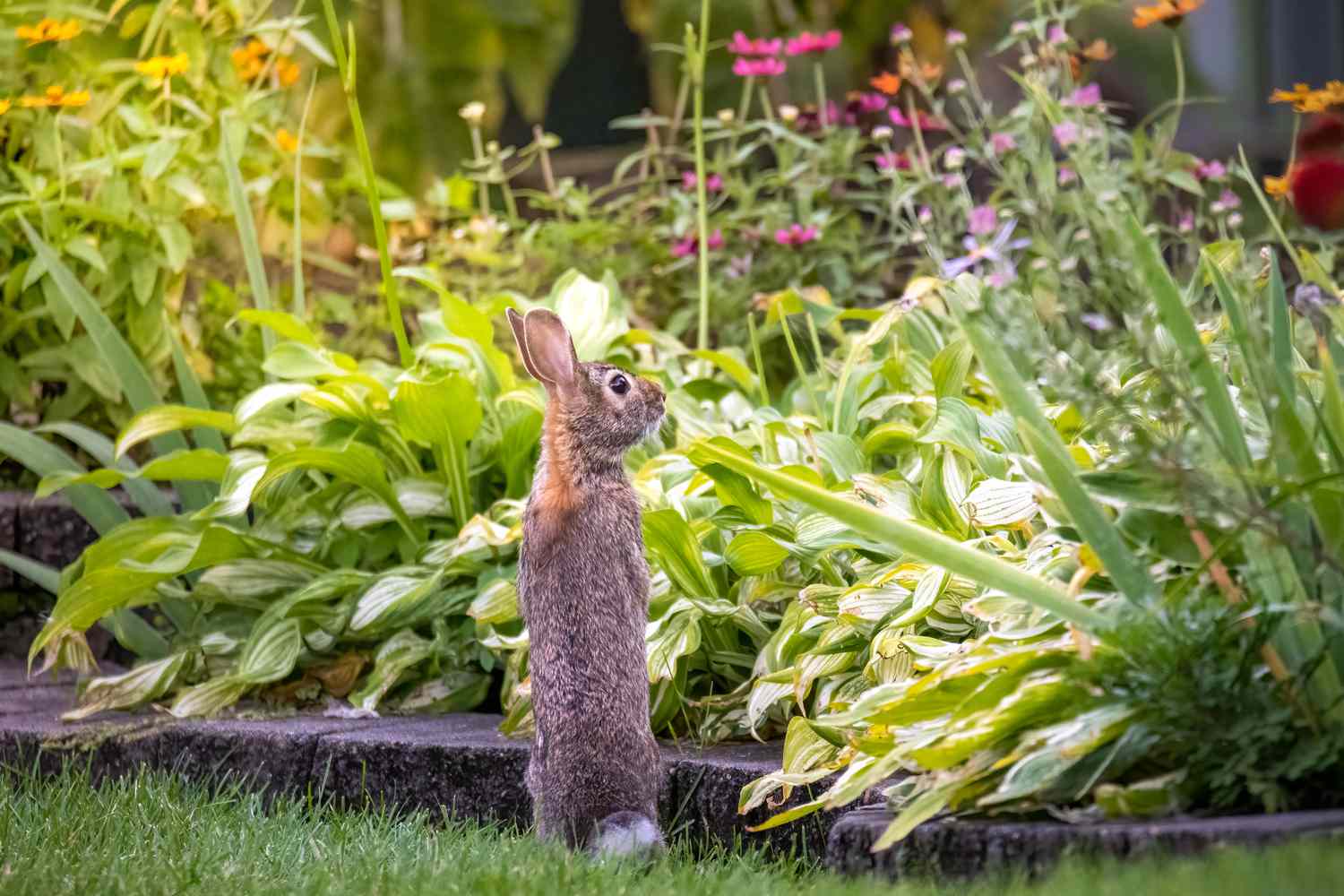

0 thoughts on “How To Keep Groundhogs Out Of Your Garden”